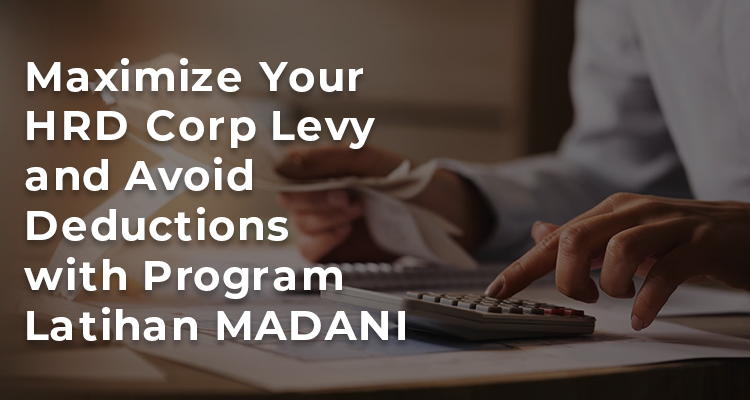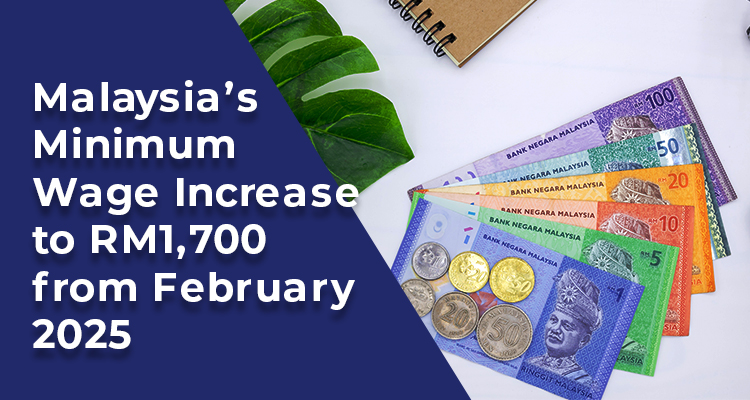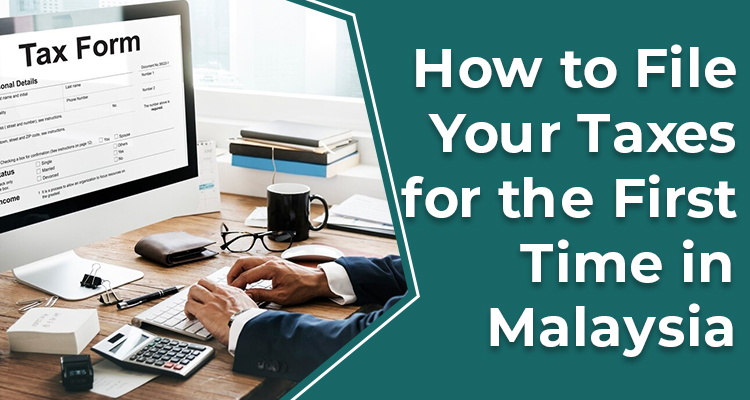
How to File Your Taxes for the First Time in Malaysia
How to File Your Taxes for the First Time in Malaysia
Filing income tax for the first time can feel overwhelming, but with the right guidance, the process is straightforward. Whether you're a salaried employee or earning other forms of income, this step-by-step guide will help you navigate Malaysia’s income tax filing process with ease.
1. Determine If You Need to File Taxes
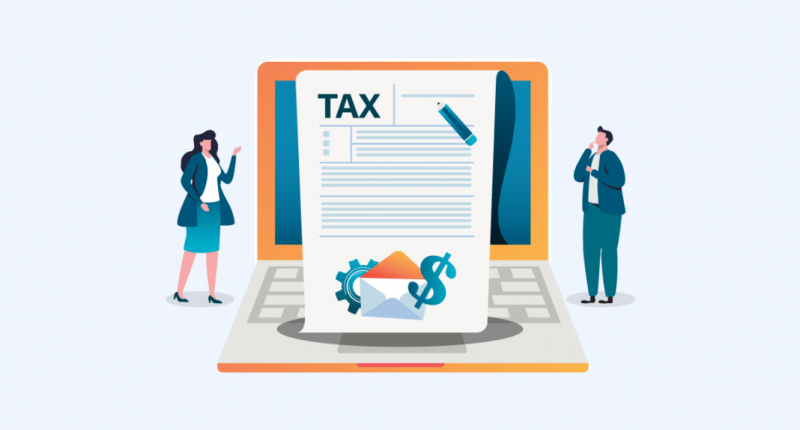
Before you start, check whether you're required to file taxes. If your annual income after EPF deductions exceeds RM34,000, you must register as a taxpayer and file your tax return.
Even if your income is below this threshold, you may still want to file your taxes for record purposes, which may be useful when applying for loans in the future.
2. Register for a Tax Identification Number (TIN)
If you're a first-time taxpayer, you must register for a TIN (Tax Identification Number) with the Lembaga Hasil Dalam Negeri (LHDN) before you can file your taxes.
How to Register for a TIN via e-Daftar
Go to the MyTax Portal (https://mytax.hasil.gov.my) and select e-Daftar.
Fill in your details and upload a scanned copy of your IC (front and back).
Submit your application and wait for LHDN to process it (usually within a few days).
Once approved, LHDN will email you your TIN, which you’ll use to log in to the MyTax system.
3. Log in to MyTax and Access e-Filing
After getting your TIN, you can now file your taxes online through MyTax.
Steps to Access e-Filing:
1. Go to the MyTax website and log in with your credentials.
2. Navigate to ezHasil Services > e-Filing.
3. Choose the appropriate tax form:
Form BE – For individuals with employment income only (no business income).
Form B – For those with business or freelance income.
4. Declare Your Income & Claim Tax Reliefs
When filling out your tax return, you need to declare all sources of income, including
EPF contributions - up to RM 4,000.00
SOCSO contributions - up to RM 350.00
Life & medical insurance – Up to RM3,000.
Education & self-development courses – Up to RM7,000
Lifestyle purchases (books, gadgets, sports equipment, etc.) – Up to RM2,500
Parental care, childcare fees, and donations – Various limits apply
Keeping receipts and supporting documents for these reliefs is essential in case of an audit by LHDN.
5. Review, Submit, and Make Payment (If Required)
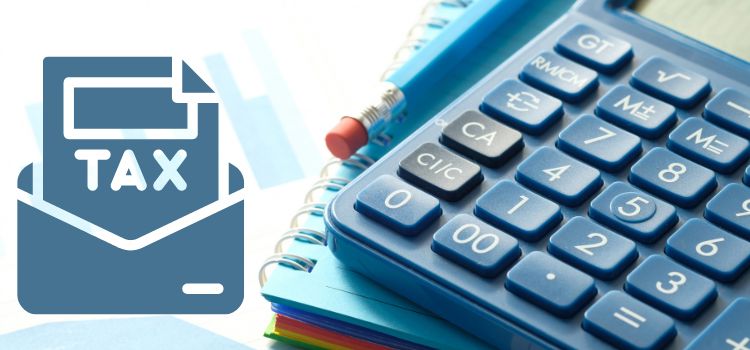
Once you have completed your tax return, double-check all income declarations, reliefs, and deductions before submitting it.
Key Deadlines for Tax Submission30 April – Individuals with employment income only (Form BE).
30 June – Individuals with business income (Form B).
If you owe taxes, payments can be made via:
FPX online banking
Credit or debit card
Bank counter services
If you are entitled to a tax refund, LHDN will process it and transfer the amount to your registered bank account within a few weeks.
6. Keep Your Tax Records for Future Reference
After submission, keep a copy of your tax return and supporting documents for at least 7 years. LHDN may conduct audits, and having proper records ensures you're prepared if needed.
Final Thoughts
Filing your taxes for the first time may seem daunting, but once you understand the process, it becomes a manageable task. By registering early, keeping track of income and expenses, and maximizing tax reliefs, you can ensure a smooth and stress-free e-filing experience. With the right guidance, the process can be even easier. As a trusted payroll outsourcing company, we help businesses in Malaysia navigate tax filing and ensure compliance with the latest regulations. If you need professional assistance with payroll management and tax filing, contact us today to simplify your business operations and reduce the stress of tax season.
If you need further guidance, visit the LHDN website or consult a tax professional to ensure compliance with Malaysian tax regulations.
